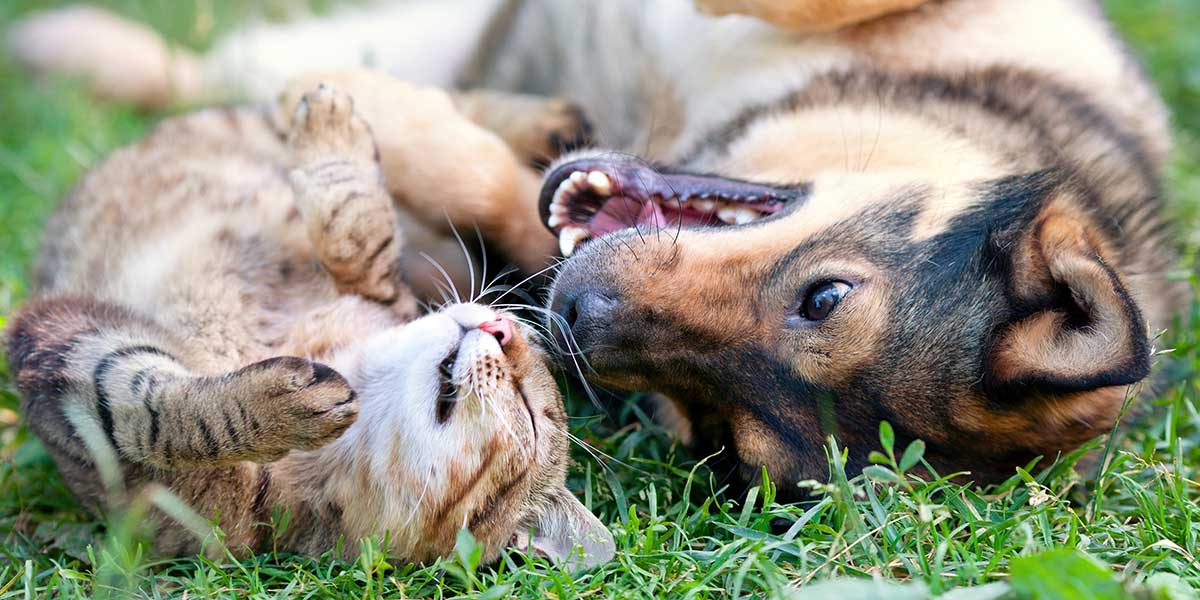
Buying a dog is really, really simple. Perhaps you’re moving into a new place by yourself, and you want a new dog to keep you company. Maybe you already have a pet, and you want it to have a friend. Whatever the case, it’s important that you don’t be short sighted. A pet isn’t a huge expense right off the bat, but when you add additional costs, it is. Today, I’ll share some tips for cutting those costs. Here are five ways you can cut the costs of owning a pet:
Adoption
If you’re serious about keeping costs down, adopting a pet is your best option. I’ll use dogs as an example. It’s very common for people to research dogs online and find the perfect one. And the thought of that perfect dog can be hard to let go. But here’s the truth — if your dog comes from a shelter, it won’t be any less lovable. This article from American Humane describes buying vs. adopting perfectly; you’re giving a dog a second chance at finding a home.
Food
Some dog owners will recommend spending more on the better food. It’ll save you money in the long run since your dog will be healthier.
I disagree. I won’t say your dog should only eat the cheapest food around; it’s important for dogs to eat a balanced diet. However, most exquisite dog food is unnecessary, and almost exactly the same as the cheaper stuff. Most of that flashy packaging is just a marketing tactic. Another tip: buy in bulk. It can save you almost twice as much as buying small packages.
You can cut down on treats specifically made for dogs as well as well, since most dogs will be perfectly happy with something healthier. Read more here.
Grooming
Grooming your dog is essential and obviously needs to be done fairly often. However, purchasing grooming tools and learning to do it yourself will save you a lot of money. Plus, you’ll get the satisfaction.
Health
Pets and healthcare in the same sentence = tricky subject. Initially, pet insurance might seem like a great idea. However, the more prone your dog is to health risks, the more insurance will probably cost. Be sure to mull over all the questions before purchasing insurance. For instance — is the peace of mind worth the extra money? Can you save enough and pay medical bills without insurance?
Always remember to stay up to date with check ups, meds, and vaccines to ensure your pet is as healthy as possible. It’ll save you money in the long run.
Vacationing
I’m assuming there’s at least one time a year that you like to get away and vacation. Leaving a dog at a boarding center is expensive! And even if you leave a dog with a friend, pay is usually involved.
Instead, consider taking your dog to a pet-friendly vacation area. There’s a good chance it won’t even cost more!
Lisa Podwirny is the owner of Ketchum Mfg. Connect with her on Google+!










